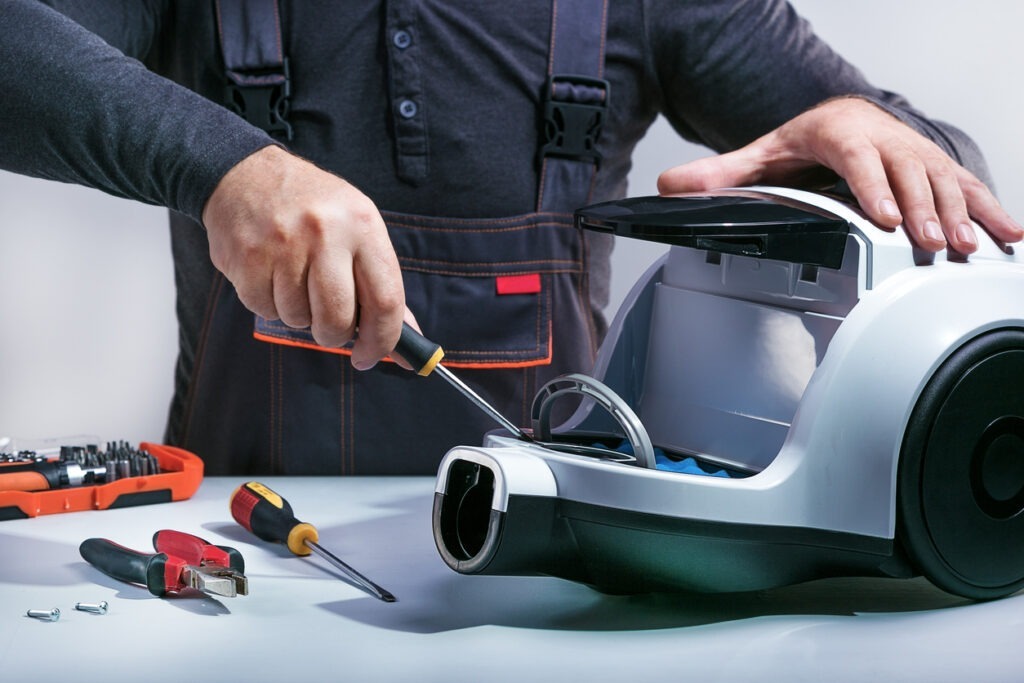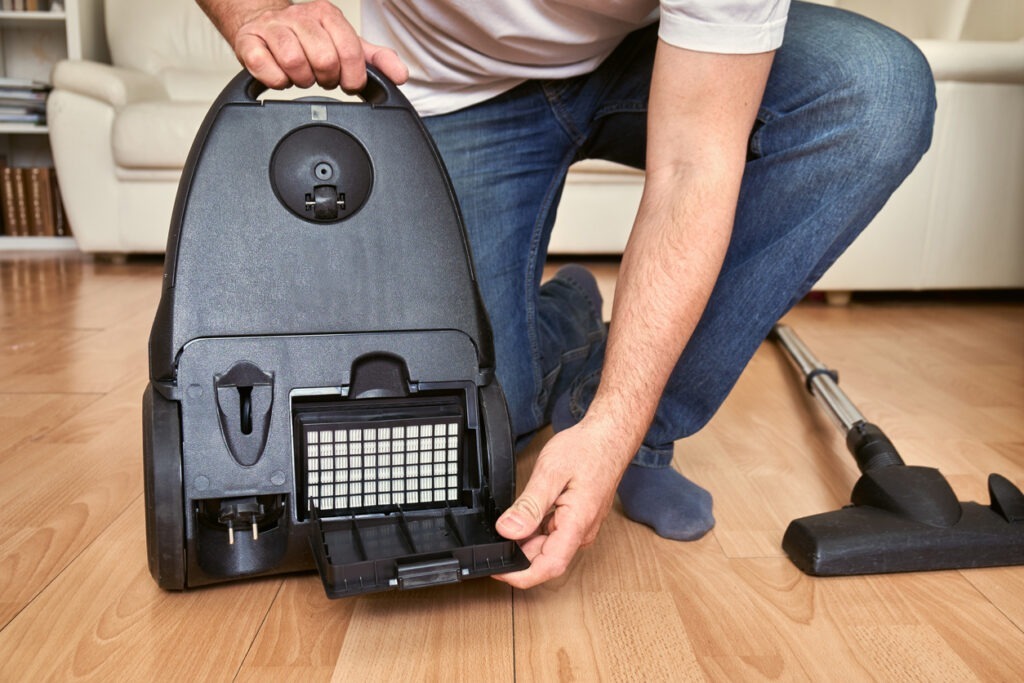Buying a good vacuum cleaner can set you back a lot of money, especially if you invest in one with all of the features you want for a truly clean home. Naturally, you want to ensure your vacuum lasts as long as possible. Since most carry only a 12-month warranty, you may wonder when you should consider vacuum repair.
Routine Service Prevents Breakdown
Taking your vacuum into a vacuum repair shop every 12 months keeps it working as it should. This intermittent service helps your cleaner last longer and prevents early motor failure. Of course, this routine service is in addition to the maintenance you must perform at home regularly. Check your owner’s manual for specifics on how to keep your vacuum in its best working order.
Many people wait until their vacuum has problems before performing home maintenance on it or taking it into a repair shop. But by taking it in for routine service, you prevent such big problems from occurring, in the first place. Your local vacuum repair also knows how to keep your vacuum running its best.
Consider choosing one time of year as your annual vacuum service time. A good time for this service is every February before your spring cleaning season in March or April. Or, consider after summer before snowy weather begins.
Signs Your Vacuum Needs Repair
Servicing your vacuum every 12 months keeps most problems from occurring. But sometimes you still need vacuum cleaner repair. Signs that you need this repair include:
- The vacuum has no power or the power shuts off, indicating a possible blown fuse, loose connection or overheating.
- Your cleaner does not provide suction as it should, despite routine home maintenance.
- The motor is louder than usual, making a strange noise, vibrating or rattling, indicating possible bent fan blades or bad bearings.
- Your vacuum smells bad or like it is burning, even after changing the bag and filter.
- The cleaner gets too hot, with or without burning odor, indicating motor overheating.
Where do I take my vacuum for repair?
Find vacuum repair you can trust. Regardless of where you take your vacuum for service or repair, ensure the repair shop meets quality standards. These standards include:
- Licensed or registered, both as a business and electrician service
- Qualified and experienced electrician staff
- Use of only genuine replacement parts for your vacuum’s best performance
- Warranty on parts, workmanship, and overall repairs
- Authorization to work on your manufacturer’s line of vacuums, such as when the warranty is in effect
- Clarity in service and repair charges, whether according to work performed or as an hourly work rate
- Ongoing stock of major brand spare parts
- Loaner vacuum availability if your vacuum requires extended time for repair
What service should my vacuum repair shop provide?
Most good vacuum repair shops provide a menu of services during routine maintenance or repairs. These services typically include external checks, maintenance checks, and mechanical/electrical checks.
External checks include checking for damage to the vacuum’s external housing. Your repair shop also looks for damage or defects on plugs, sockets and other electrical components. They also ensure control knobs are in place, secure and operable.
For routine maintenance checks, you can expect the replacement of bags and filters. The repair shop checks the belt’s roller brush position, replacing broken or worn belts. Your service technician also disinfects and deodorizes your vacuum, keeping it smelling fresh. They also clean the unit inside and out using pressurized air, throughout the motor and the vacuum’s interior.
Mechanical and electrical safety checks include inspecting the vacuum for physical defects. Your repair shop ensures filter inlets and exhaust areas remain clean and clear of any blockages. They check hoses for leaks and repair or replace these parts as needed. The technician checks the vacuum’s overall performance, along with its internal wiring and fuses. The inspection includes an examination of the motor, its carbon brushes, and bearings, replacing parts as needed. Finally, the tech ensures the external sheath is not damaged and that there are no unprotected conductors or visible insulation tape.
Vacuum Service and Repair You Can Trust
Having your vacuum serviced at least once every 12 months keeps it in good working order, while also preventing breakdown and expensive repairs. But when problems occur within your vacuum cleaner, you can trust the service and repair of vacuum experts.


